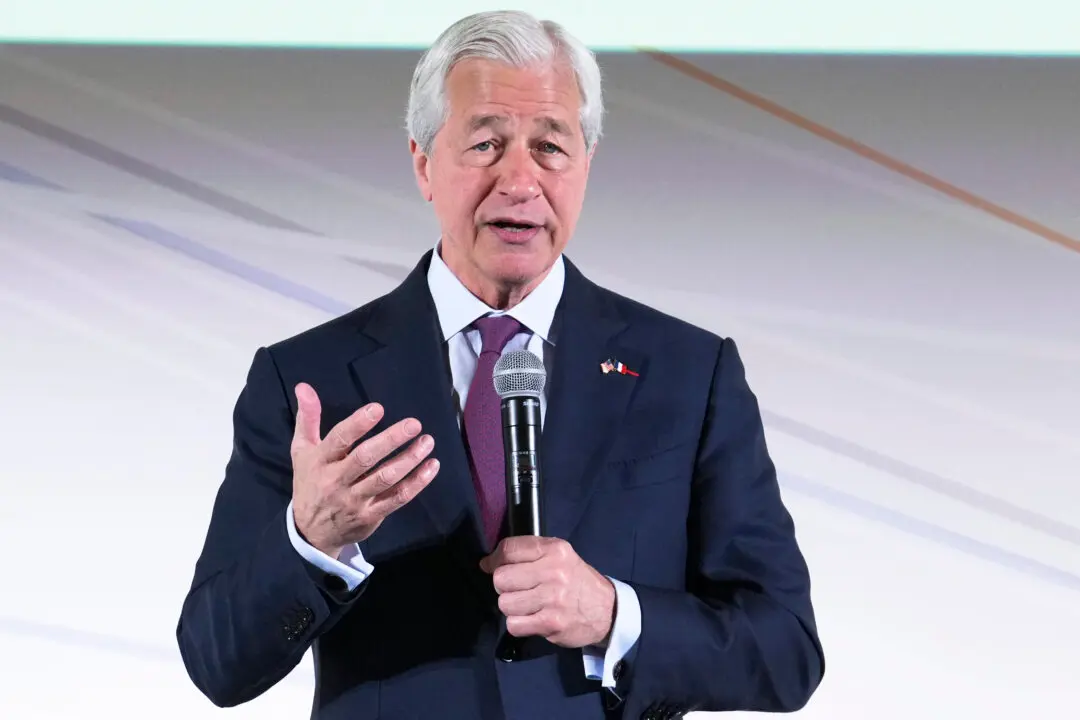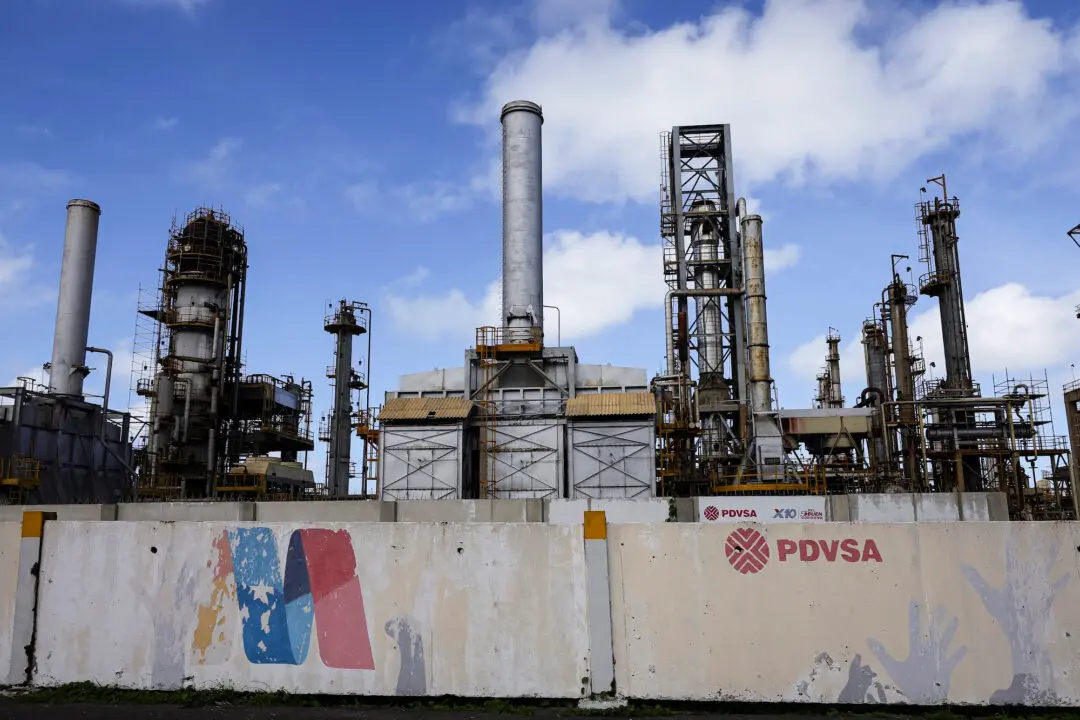In the wake of the failure of several regional banks, lawmakers are furiously at work drafting new bills to give regulatory authorities more control over banks. But some experts say that bank regulators already had all the power they needed, but failed to use it effectively.
“Every time we have a crisis on our hands, the regulatory agencies come out and say, ‘We need additional powers,’” Jelena McWilliams, former FDIC chairman, told attendees at a Cato conference on bank regulation last week. “And then you ask them, what is it in your arsenal of powers that you don’t have or that you couldn’t use?”





